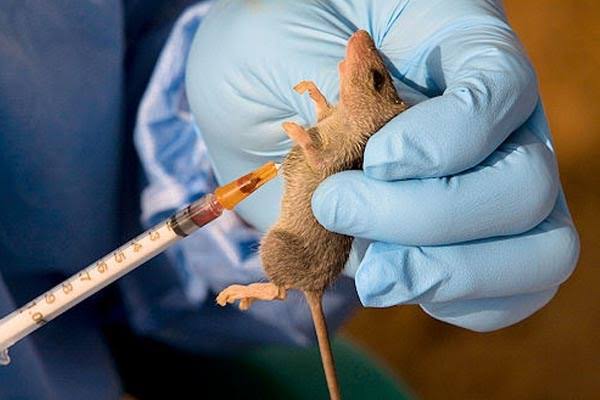

While the nation is still battling with the dreaded coronavirus, another pandemic may be imminent as shown in the raising number of confirmed cases and death toll of Lassa fever in the country.
Nigeria has recorded 17 new confirmed cases of Lassa fever and 6 deaths between 8th – 14th February 2021 (week 6).
The Nigeria Centre for Disease Control (NCDC) revealed in its latest situation report that the six deaths were recorded in Ondo (3), Edo (2), and Taraba (1) in week 6.
83 confirmed cases of Lassa fever and 19 deaths have been reported in 2021, according to the data made available by NCDC.
In week 6, the number of new confirmed cases increased from 13 in week 5, 2021 to 17 cases. These cases were discovered in 10 local Government Areas in Edo (10), Ondo (5) and Taraba (2).
Cumulatively from week 1 to week 6, 2021, 19 deaths have been reported with a Case Fatality Rate of (22.9%) which is higher than the CFR for the same period in 2020 (14.8%)
A total of 91 cases were suspected in Ebonyi, Nasarawa, Jigawa, Lagos, and Kogi where people tested negative.
In total for 2021, 8 states have recorded at least one confirmed case across 27 Local government areas.
Edo has recorded the highest number of confirmed cases of Lassa fever with 42, followed by Ondo with 22, Taraba with 10, and Bauchi with three.
Plateau and Ebonyi have recorded two confirmed cases each, while Nasarawa and Akwa Ibom have recorded one each.
Ondo has recorded the highest number of deaths with eight, followed by Taraba with five, Edo with four and Bauchi with two.
Lassa fever is a major public health challenge in West Africa, with Nigeria bearing the highest burden. It is an acute viral haemorrhagic fever (VHF) caused by the Lassa virus. The natural reservoir for the virus is the Mastomys natalensis rodent (commonly known as the multimammate rat). Other rodents that carry the virus have also been identified.
Epidemiological data show that Lassa fever occurs throughout the year, but more cases are recorded during the dry season, November through May.
Lassa fever is spread through:
1. Direct contact with urine, faeces, saliva or blood of infected rodents.
2. Ingesting food and drinks contaminated with urine, faeces, saliva or blood of infected rats.
3. Contact with objects, household items or surfaces contaminated with urine, faeces, saliva or blood of infected rats.
4. Person-to-person transmission can also occur through contact with blood, urine, faeces, vomitus and other body fluids of an infected person, particularly in hospital environment where infection prevention and control practices are not optimal.
Symptoms of the disease generally include fever, headache, sore throat, general body weakness, cough, nausea, vomiting, diarrhoea, muscle pains, chest pain, and in severe cases; unexplainable bleeding from ears, eyes, nose, mouth, vagina, anus and other body orifices. It could also present as persistent bleeding from sites of intravenous cannulation.
The remains of Hon. Ijigah Okoh, former Chairman of Ogbadibo Local Government Council, have been…
Popular Nigerian TikToker known as 'Disturbing,' who actively participated in the 'Justice for Mohbad' movement,…
Justice Dehinde Dipeolu of the Federal High Court in Lagos has ordered the final forfeiture…
The Minister of the Federal Capital Territory (FCT), Nyesom Wike, has dismissed rumours suggesting he…
The Senator representing Benue South Senatorial District and Senate Minority Leader, Comrade Abba Patrick Moro,…
Armed men suspected to be bandits raided Agbo Vengav, a community in Udam, Gwer West…